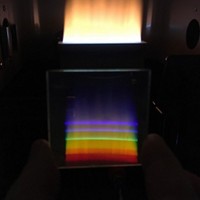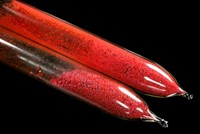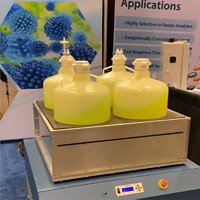Advertisement
Grab your lab coat. Let's get started
Welcome!
Welcome!
Create an account below to get 6 C&EN articles per month, receive newsletters and more - all free.
It seems this is your first time logging in online. Please enter the following information to continue.
As an ACS member you automatically get access to this site. All we need is few more details to create your reading experience.
Not you? Sign in with a different account.
Not you? Sign in with a different account.
ERROR 1
ERROR 1
ERROR 2
ERROR 2
ERROR 2
ERROR 2
ERROR 2
Password and Confirm password must match.
If you have an ACS member number, please enter it here so we can link this account to your membership. (optional)
ERROR 2
ACS values your privacy. By submitting your information, you are gaining access to C&EN and subscribing to our weekly newsletter. We use the information you provide to make your reading experience better, and we will never sell your data to third party members.

Understanding chemistry can quite literally be a matter of life and death. Brad Livesay, a firefighter and EMT in Carroll County, Maryland, submitted this photo to illustrate how chemistry factors into hazardous materials training for first responders. Often, first responders have little information about what kinds of chemical hazards they will encounter when responding to 911 calls, so they must be prepared for anything from a residential gas leak to an industrial accident. These firefighters—decked out in full personal protection equipment during a training session—taped pH strips to their arms, legs, and headgear to detect acidic and basic vapors. They also carry detectors for toxic gases and radiation. Urban areas often have specialized hazmat teams, but sometimes the job falls to volunteers such as Livesay to quickly assess and respond to chemical hazards.
Submitted by Bradley Livesay
Do science. Take pictures. Win money. Enter our photo contest.





Join the conversation
Contact the reporter
Submit a Letter to the Editor for publication
Engage with us on Twitter